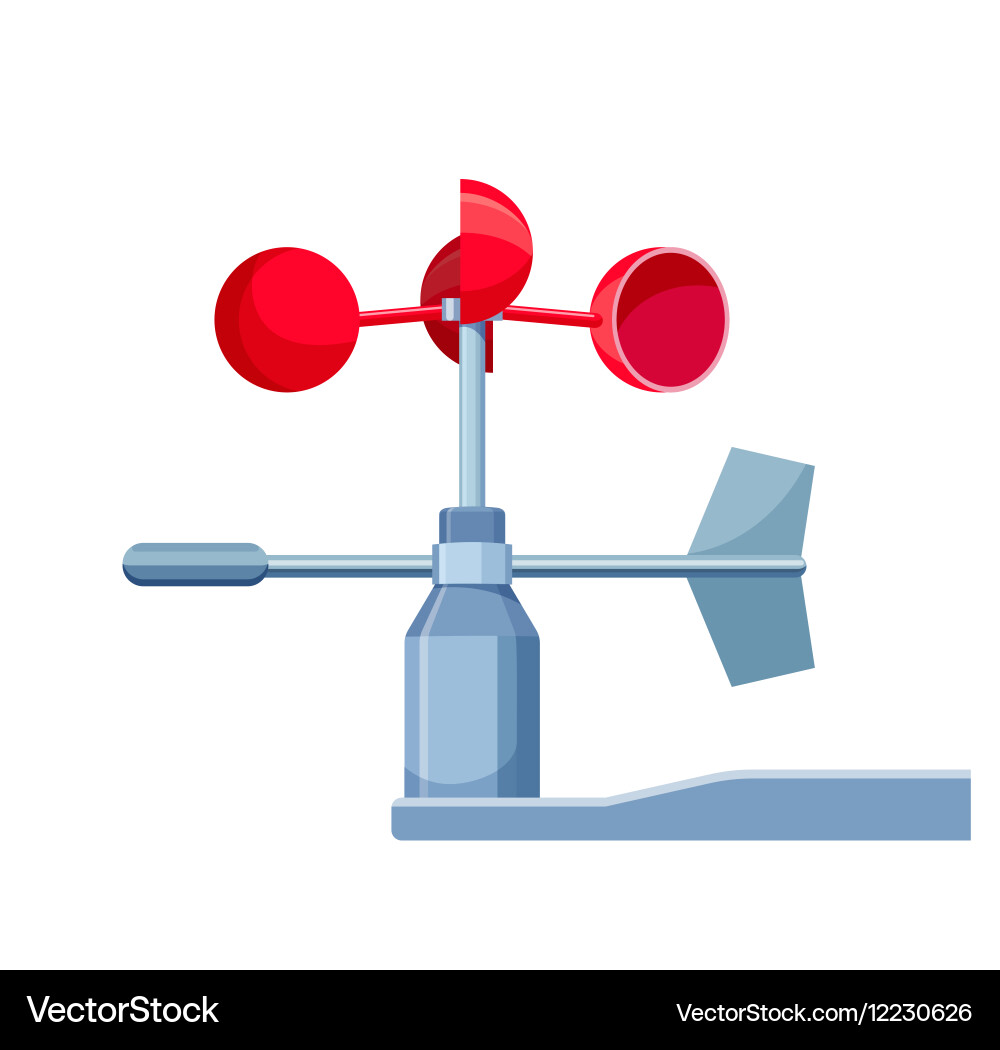Anemometers Unveiled: Recognizing Their Significance in Environmental Monitoring and Safety Steps
The function of anemometers in environmental tracking and safety procedures is commonly undervalued, yet their importance is obvious. From meteorology to air travel safety, anemometers play a crucial function in providing exact data that educates decision-making procedures and improves general safety.
History of Anemometers
The advancement of anemometers can be traced back to the old worlds where simple wind measuring gadgets were initial utilized. These early wind dimension tools laid the foundation for the growth of much more innovative anemometers with time. One of the earliest well-known anemometers was the hemispherical cup anemometer developed by Leon Battista Alberti in the 15th century. This layout included four hemispherical cups that gathered wind power, providing a dimension of its strength based upon the speed of rotation.
Over the years, improvements in modern technology led to the development of more contemporary anemometers, consisting of ultrasonic anemometers and laser Doppler anemometers, providing boosted accuracy and effectiveness in determining wind speed and instructions. The background of anemometers showcases a remarkable trip of technology and progression in the field of meteorology.
Sorts Of Anemometers
Throughout the area of weather forecasting, different sorts of anemometers have actually been created to properly determine wind speed and direction. The most usual kind is the cup anemometer, which contains 3 or 4 mugs installed on horizontal arms that revolve with the wind. As the cups spin, the rate at which they revolve is directly symmetrical to the wind rate. An additional extensively used kind is the vane anemometer, which features a tail or fin that straightens itself with the wind instructions. This positioning allows the tool to figure out the wind direction. Sonic anemometers use ultrasonic signals to measure wind rate and direction properly. They are typically made use of in research applications because of their high accuracy. Hot-wire anemometers run based upon the principle that the cooling result of wind on a heated cord is proportional to the wind speed. These anemometers appropriate for measuring reduced wind rates with high accuracy. Each kind of anemometer has its staminas and is picked based on the details demands of the monitoring task handy.
Applications in Meteorology
Having reviewed the numerous kinds of anemometers used in weather forecasting for measuring wind speed and direction, it is necessary to explore their sensible applications in the area. Anemometers play an essential function in meteorology by offering real-time and precise information on wind conditions (anemometer). Meteorologists make use of anemometers to keep an eye on wind rate and instructions to anticipate climate patterns, concern cautions for extreme climate occasions like tornados, hurricanes, and storms, and analyze weather for aeronautics safety and security
In meteorology, anemometers aid in comprehending local and regional wind patterns, which are crucial for anticipating weather condition changes and determining climatic fads. These gadgets are likewise used in study to study microclimates, urban warmth islands, and air pollution dispersion. In addition, anemometers are employed in agriculture to optimize crop monitoring methods, such as irrigation and chemical application, based on wind problems.
Relevance in Air Travel Safety
An indispensable aspect of making sure air travel security depends on the thorough tracking of wind problems using anemometers. Anemometers play an essential role in air travel by offering real-time information on wind speed and instructions, helping pilots in making informed choices during liftoff, trip, and landing. Uncertain and strong winds can significantly impact aircraft procedures, making it crucial for aviation authorities to depend on accurate wind dimensions to guarantee the safety of travelers go to this site and crew.

In the vibrant setting of aeronautics, where also small modifications in wind speed and direction can have profound impacts, anemometers stand as vital tools for advertising risk-free and safe flight.
Duty in Environmental Research Study
Just how do anemometers add to improvements in ecological study? Anemometers play a critical role in ecological research by offering necessary data on wind rate and direction. This info is important for comprehending numerous atmospheric procedures, such as air pollution dispersion, weather patterns, and environment modification. By properly measuring wind attributes, anemometers help researchers evaluate the motion of contaminants airborne, analyze the impact of industrial click for more info emissions, and anticipate the spread of contaminants in the atmosphere.


Conclusion
In conclusion, anemometers have actually played a crucial role in ecological tracking and safety actions. Recognizing the relevance of anemometers is necessary for accurately determining wind speed and instructions, which is crucial for forecasting climate patterns, ensuring secure air travel procedures, and carrying out ecological studies.
One of the earliest recognized anemometers was the hemispherical mug anemometer developed by Leon Battista Alberti in the 15th century. Over the years, advancements in modern technology led to the development of even more modern anemometers, consisting of ultrasonic anemometers and laser Doppler anemometers, using enhanced accuracy and efficiency in gauging wind speed and direction. Hot-wire anemometers run based on the principle that the cooling impact of wind on a warmed cable is proportional to the wind rate. Meteorologists use anemometers to keep an eye on wind rate and direction to anticipate weather condition patterns, concern cautions for extreme weather events like tornadoes, typhoons, and storms, and examine climatic problems for aviation safety.
Comprehending the relevance of anemometers is crucial for precisely determining wind rate and instructions, which is essential for predicting weather patterns, making sure secure aeronautics procedures, and conducting environmental studies. (anemometer)